Surprising fact: over 6 million travelers passed through Denpasar in a single recent year, and peak queues can add hours to arrival day.
I live for warm islands, and Bali’s tropical climate drew me in at first glance. The place stays inviting throughout year, but choosing the right season shapes how your trip feels.
Bali sits about eight degrees south of the equator. That creates two clear seasons: a drier run from April through October and a wetter stretch from November through March.
The shoulder months—April–May and September–October—often give bright skies, fewer crowds, and better hotel value. Peak windows like July–August and the Christmas–New Year period mean heavy traffic and long immigration lines at Denpasar.
I’ll walk you through how regional microclimates — the south coast, central highlands, and drier Bukit/Nusa areas — change local weather and what each season actually feels like on the ground.
Key Takeaways
- Warm, tropical climate makes the island appealing year-round.
- Two main seasons: dry (Apr–Oct) and wet (Nov–Mar).
- Shoulder months balance sun, value, and fewer crowds.
- Peak periods bring higher prices and longer airport lines.
- Microclimates mean local weather varies by region.
How I Decide the Best Time to Visit Bali Right Now
I start planning by matching my priorities with likely weather windows. First I ask: what activities matter most—surf, diving, culture, or family downtime?
Shoulder months—April–May and September–October—often give the best months mix: sunny mornings, fewer crowds, and easier dinner reservations.
I also weigh peak periods. July–August and the Christmas–New Year rush bring higher prices and heavy traffic. If my dates fall in March or November, I expect brief afternoon showers that usually clear up and leave the island green.
“Flexible dates and a clear list of activities save me both money and stress.”
- I set priorities first, then pick months that suit those activities.
- I factor in crowd tolerance and budget—mid-season deals can stretch my bali plan.
- For fixed March/November trips, I pack light rain layers and plan half-day indoor options.
- I aim for 9–14 nights so I can slow down and enjoy varied weather without rushing.
Bali Weather and Seasons: Dry vs. Rainy and What They Mean for Your Trip
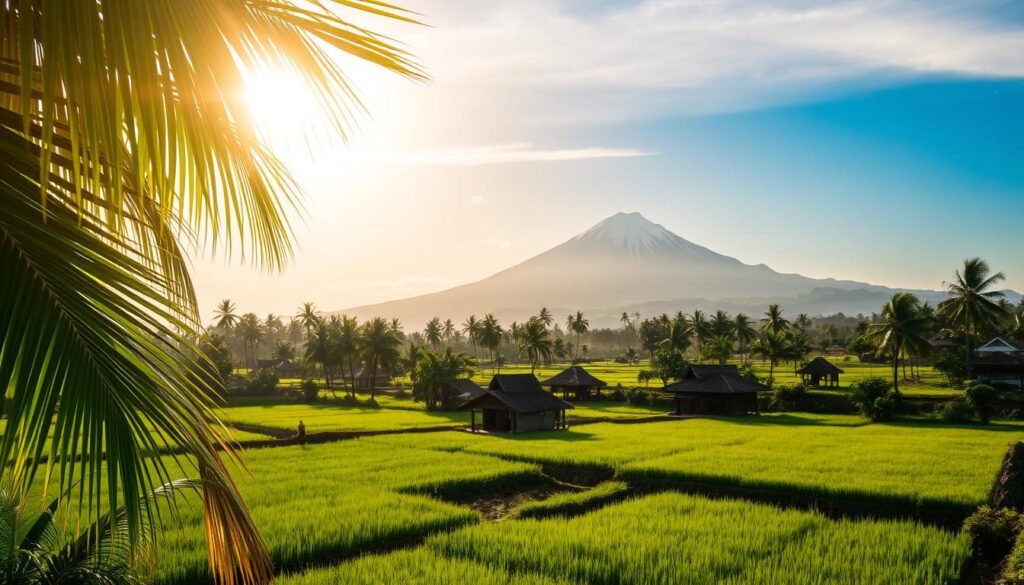
Weather here switches quickly, and knowing how the seasons behave helps me plan every activity. The island has a clear split that shapes daily life, gear, and routes.
Dry season: April–October
I count on the dry season for cooler breezes, clearer skies, and cleaner beaches. Evenings feel fresher and outdoor plans like sunrise hikes and long beach days work well.
Rainy season: November–March
The rainy season brings higher humidity and lush green views. Showers usually fall in the afternoon or at night and rarely cancel a full day of activities.
Climate zones: coast, highlands, Bukit/Nusa
The south coast stays warm and humid; beaches may collect debris in January–February. The central highlands (Ubud, Bedugul) are cooler with more mist. Bukit and the Nusa islands tend to be drier.
Monthly rainfall and the feel
| Period | Average rainy days | Typical feel | When I plan |
|---|---|---|---|
| Jan–Mar | 27 / 22 / 20 | Wet, lush, humid | Pack rain gear, expect showers |
| Apr–Jun | 9 / 8 / 6 | Clearing up, breezy | Great for outdoor days |
| Jul–Oct | 4 / 4 / 8 / 12 | Clearest in July–Aug; some fall showers | Ideal for beaches and hikes |
For a quick primer on local shifts and longer forecasts, I also check bali weather before I finalize plans.
The Shoulder-Season Sweet Spot: Best Months for Weather and Fewer Crowds
Travel during shoulder months usually gives me sun-forward days and thinner crowds. These windows sit between the clear dry season and the heavier rainy season, so I get warm mornings, mild afternoons, and quick evening showers at worst.
May, June, September, October are my go-to months. They offer great weather with fewer visitors, better hotel value, and easier restaurant reservations.
May, June, September, October: why these months shine
In these months I find more flexible drivers, easier surf lesson slots, and friendlier tour start times. Prices are often lower than peak, and villas or family rooms are easier to snag.
Also great: March, April, November (with brief showers)
March, April, and November can work well for me when I accept occasional afternoon rain. I pack a light rain layer and plan a spa or café stop as a quick backup.
- I anchor trips across coast, highlands, and a beach finish for variety.
- If I need a specific villa, I still book early but enjoy more options than peak.
best time to visit bali: Matching Months to Your Style of Travel
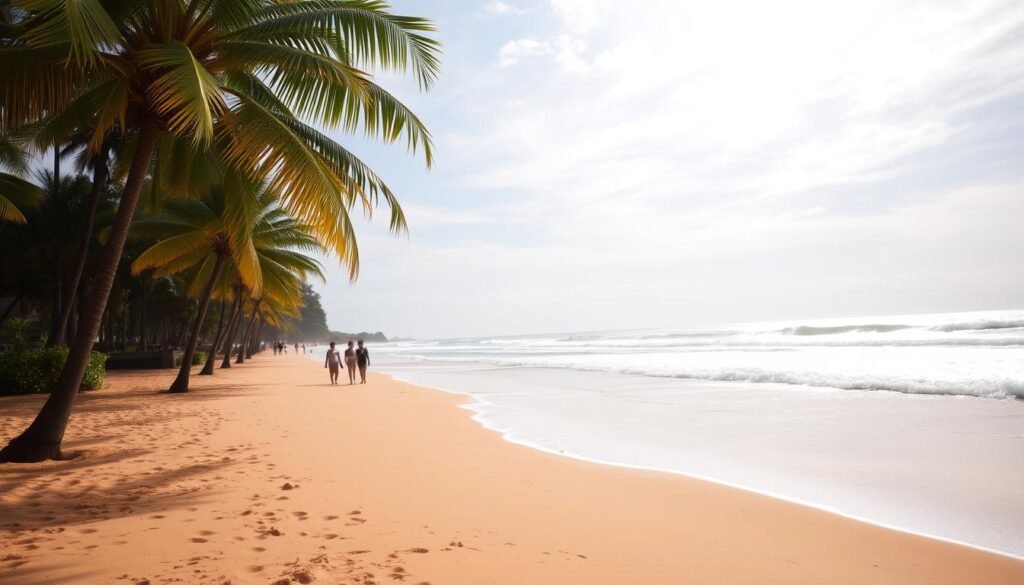
I choose months the same way I pick gear: by the activities I want most. That keeps planning simple and the days focused on what I love.
Beach and surf days: I map classic beach and surf outings to April–October, with july august the sunniest stretch. Those months are ideal for lessons, rentals, and long shoreline afternoons.
Diving and islands: For clear water and strong visibility, I aim for August around Komodo and the Nusa islands. Labuan Bajo is a top departure point for those diving destinations.
Cultural escapes and rice terraces: I plan highland stays in the rainier season when rice terraces and the jungle turn vividly green. Misty mornings around Ubud and Sidemen make temple visits feel cinematic.
Family travel and school breaks: If I travel during summer school holidays, I book early and stack mornings for beaches and afternoons for quieter activities. That balance keeps kids happy and lines short.
- I pair one sun-first coast base with a greenery-first highland stay for varied bali experiences.
- I pick drier months for scooter runs and waterfall hikes, and wetter months for spas and cooking classes.
Navigating Peak Season: July-August and the Christmas-New Year Rush
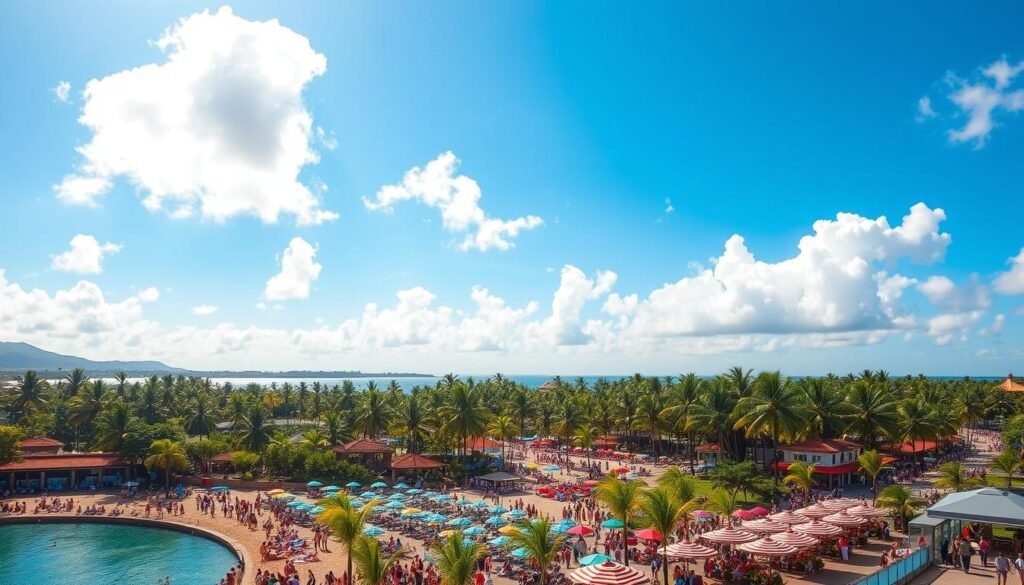
When crowds swell, I switch tactics and aim for calmer pockets and firmer bookings. Peak season lands in July–August and again over the Christmas–new year stretch. Those windows bring the busiest days, higher fares, and longer lines.
What the busiest weeks look like
Expect bigger prices for flights and rooms, packed temples and beach clubs, and airport queues that can stretch near two hours. Roads slow between hotspots, and headline spots fill early.
Smart moves for smoother travel
I book drivers, dinners, and experiences well ahead. Padding transfer times and landing outside peak arrival windows keeps me sane.
“I always reserve sunset tables and spa slots before I leave home—it saves hours and stress.”
Places that breathe and short hops
To escape crowds, I choose quieter places like Balian on the west coast or parts of East Bali. For a fast reset, a short flight to Labuan Bajo in August opens Komodo and excellent diving destinations.
| Peak window | Main challenge | Smart move |
|---|---|---|
| July–August | Full hotels, crowded beaches | Book accommodation and dinners early |
| Christmas–New Year | Heavy traffic, long immigration lines | Pad transfers; arrange private driver |
| Any peak day | High tourist numbers at hotspots | Go at sunrise or just before closing |
For more on planning around crowds and seasonal shifts, I check local guides and planning around crowds before I lock dates.
Costs, Crowds, and Value: When Your Money Goes Furthest
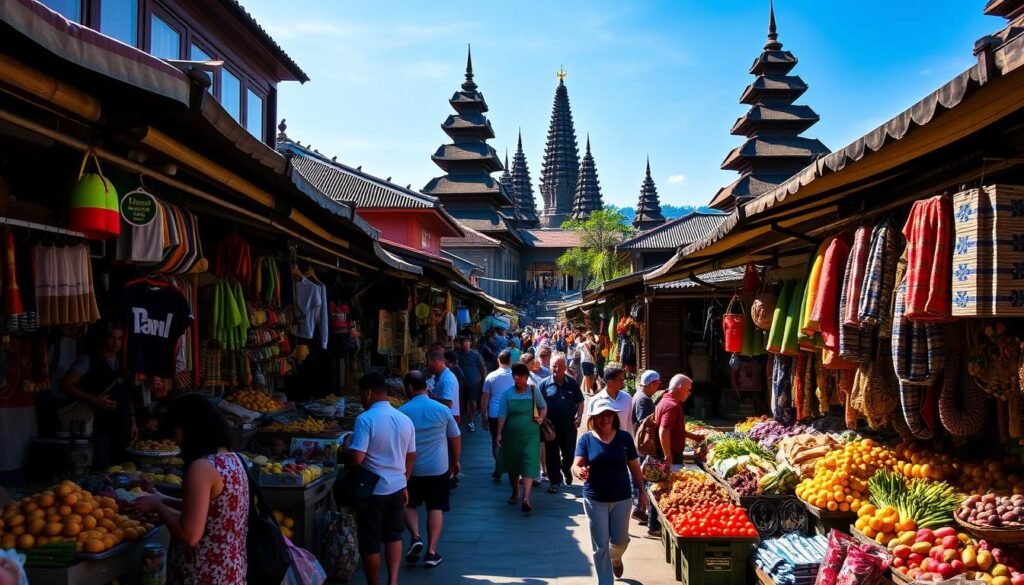
Money stretches differently across the year, and I plan around where my dollars go farthest.
Low-season value (October–March) often means quieter days and lower rates. This period overlaps the rainy season, yet I still find plenty of clear breaks for photos and pool time.
Mid/shoulder months such as May–June and September–October give the best weather for value. Hotels run strong offers and cancellation terms that let me book confidently.
High and peak realities
During July–August and the holidays, expect premium pricing and more tourists. I book earlier and budget extra for transfers, drivers, and beach-club entry.
| Period | Typical crowd | Price signal | Smart move |
|---|---|---|---|
| Oct–Mar (low) | Low | Discounts, promos | Use flexible rates; plan indoor backups for rain |
| May–Jun, Sep–Oct | Moderate | Strong value | Book mid-length stays to lift per-night value |
| Jul–Aug, Holidays | High | Premium pricing | Reserve early; cluster activities to save time |
Practical tips: I target longer stays in mid-season, watch hotel promos in low months, and accept occasional rain as part of the season’s charm.
“Stretch your budget by choosing months that match your priorities and booking smart.”
Regional Realities: Coast vs. Jungle vs. Bukit and Nusa Dua
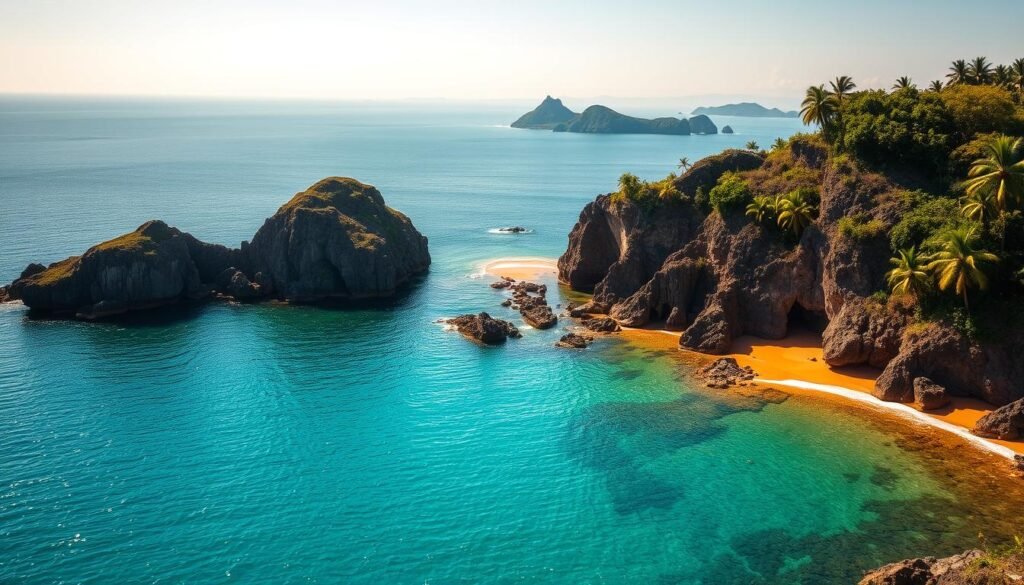
The island’s regions feel very different, and I choose where to stay based on mood and weather.
South coast: Kuta, Seminyak, Canggu, Sanur
The south coast is warm and humid year-round. During the dry season you get classic beach days with steady breezes and long sun hours.
In January–February, the rainy season can push debris and trash onto some beaches. I check local beach reports and plan inland options on those days.
Central highlands: Ubud, Sidemen, Bedugul
The highlands sit higher and feel cooler at night. Mist and frequent showers feed lush rice terraces and forests.
I love morning hikes here and coffee stops when the climate turns misty. These places are great for slow days and photos.
Bukit Peninsula and Nusa Dua
Bukit and nusa dua tend to be drier and sunnier, with cliffside views and resort comforts. Pools and patios work well for lazy afternoons.
Note: extended dry spells can stress local water supplies on the Bukit and nearby Nusa islands. If you pick a villa, ask about backup water systems.
- Pick the buzzy coast for surf and nightlife.
- Choose the highlands for rice terraces and cooler air.
- Opt for Bukit or Nusa Dua for cliffs, luxury, and reliable sun.
“Even in one season Bali often offers a sunny spot somewhere — mix regions and you’ll see how varied the island can be.”
My Practical Bali Plan: Days, Routes, Packing, and On-the-Ground Tips
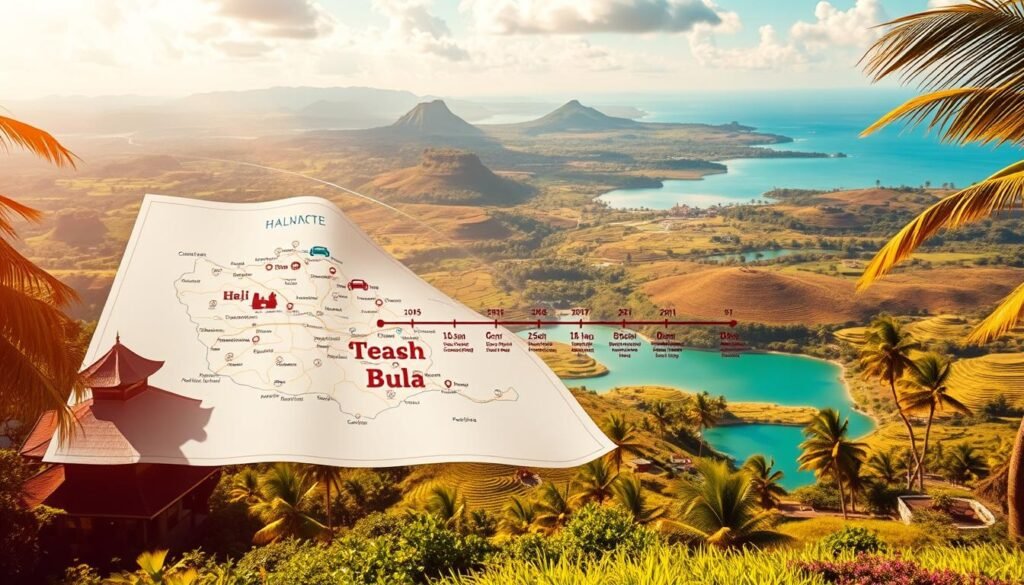
I design my travel around breathing room—extra hours for coffee, wandering, and unplanned finds. That approach shapes how I set up an itinerary and what I pack.
How many days I book and why
I aim for 9–14 days. That span helps me beat jet lag, slow down, and enjoy long mornings and relaxed evenings.
Shorter trips feel rushed; longer ones let me mix coast and highlands without constant transfers.
Sample first-timer route
My go-to flow: two nights at Uluwatu for cliffs and surf, four nights in Ubud for jungle and temples, then three in Canggu or Seminyak for beaches and cafes.
| Leg | Suggested nights | Main focus | Why I like it |
|---|---|---|---|
| Uluwatu | 2 | Cliffs, surf | Quick coastal reset and sunsets |
| Ubud | 4 | Rice terraces, temples | Slow mornings, hikes, culture |
| Canggu / Seminyak | 3 | Beach, cafes | Good food and final beach days |
What I pack by season
I pack light, focusing on breathable linens and a compact rain jacket for wetter season shifts. Solid sunscreen and easy shoes matter more than fashion.
A small dry bag and refillable bottle help protect electronics and keep me from using extra plastic water when I’m on the move.
Useful logistics and quick tips
- I check visa rules early and time arrivals to avoid long lines, especially around New Year.
- I never drink tap water; I stick to bottled or filtered sources.
- Grab works well around main hubs; I book key dinners and spa slots during busy months.
- Cluster sightseeing by area to save car hours and keep afternoons free for random local finds.
“Leave space in the plan—those empty hours are where the best bali experiences often happen.”
Conclusion
I wrap every plan by balancing sun, savings, and how much crowd I can handle.
April–October gives the most straightforward beach days, and May, June, September, and October often deliver the best mix of weather and value. November–March brings higher humidity and more rain, usually as quick afternoon bursts, with quieter crowds and lower rates.
Regional shifts matter: the south coast can see debris in January–February, the highlands run cooler and mistier, and Nusa Dua and the Bukit often stay drier. I plan days around those differences and let the season shape mornings and afternoons.
If you want a deeper planning note, see this best time to visit guide for detailed rainfall and monthly charts.


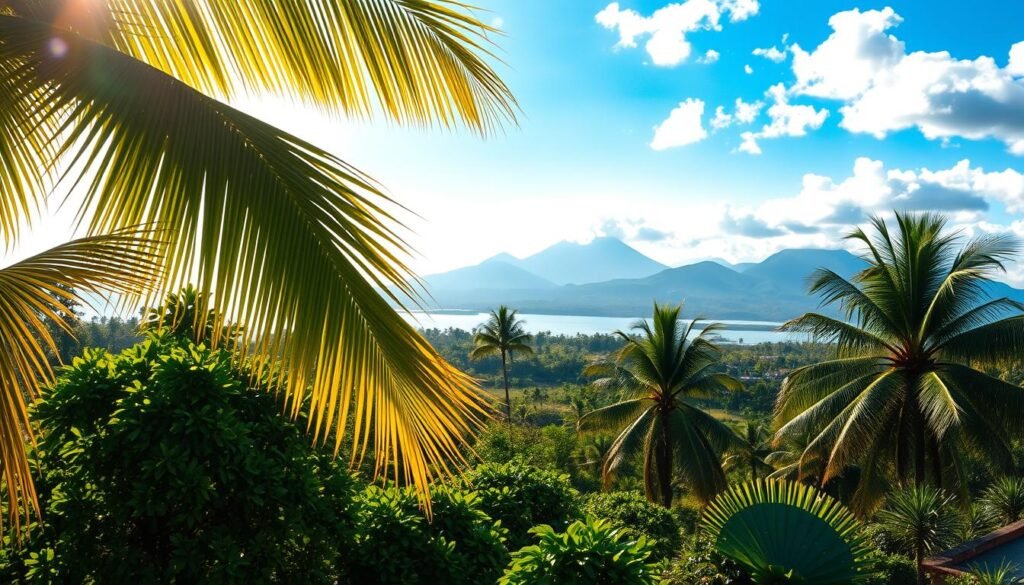



















One Response